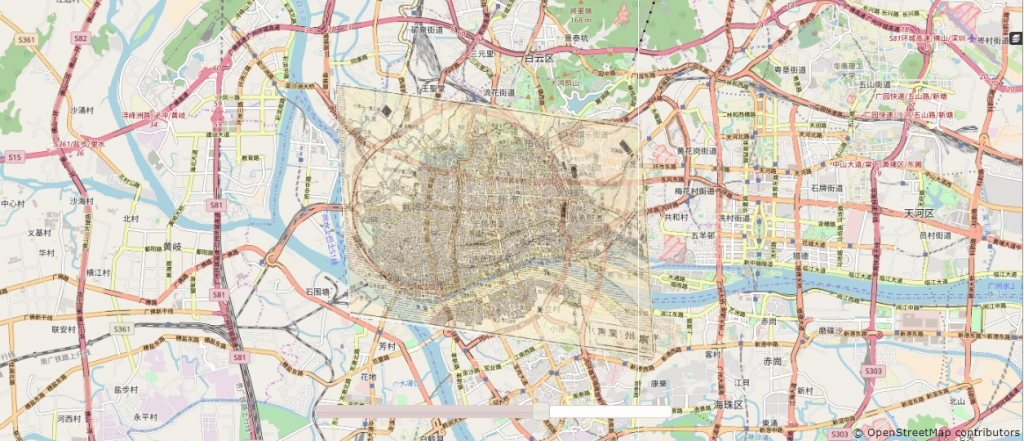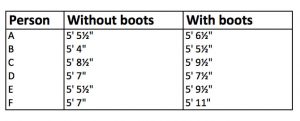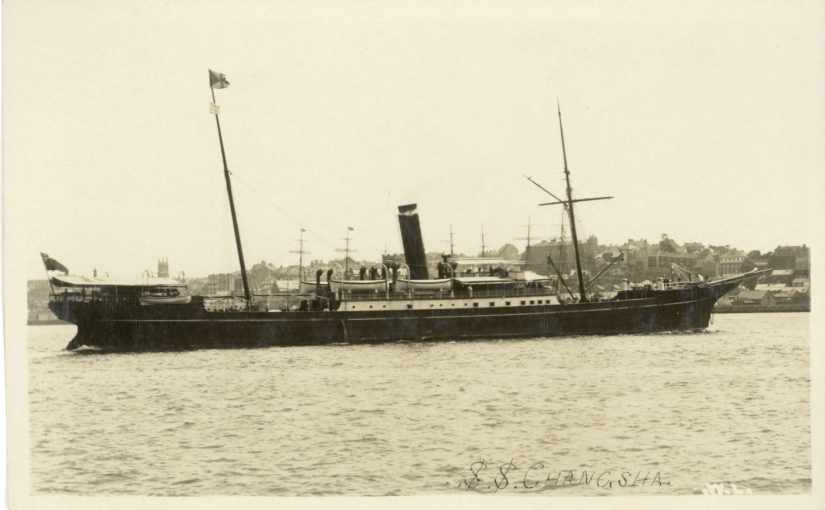History background of White Australia Policy —the history of Chinese immigration in 1800s
The large-scale movement of Chinese population from China to overseas countries appeared with the beginning of Chinese modern history. Before the First Opium War with Britain, only a little amount of Chinese could go aboard because of the Isolationism policy of Chinese government. Guangzhou in Canton province of China was the only port which was officially connected with Western world.
The beginning:
From the First Opium War between China and Britain (1840-1842) in 1840, China was forced to open the market and offer raw and processed material to Britain and other western countries. With the trend that Chinese society generally get in touch with the western world, Chinese began to migrate to western countries and colonies which include Australia (one of Britain colonies in 1800s)
Development:
Following the First Opium War, powerful western countries participated in the aggression by signing unequal treaties with China after wars. After the sign of the treaty of Nanjing, Chinese government opened five ports in south of China to western countries and admitted Hong Kong as a colony of Britain. In the treaty of Peking with Britain in 1861, Chinese government permitted Chinese labors to work aboard. Poverty and new business chances let many poor people and businessmen leave their hometown to overseas. People from provinces near the South China Sea, especially in Canton (near Hong Kong) tend to move to Southeastern Asia and Australia. This phenomenon is called “Xia Nan Yang” in Chinese history. The southern gold rushes of the 1850s and 1860s attracted a lot of Chinese to move to Australia, and then Chinese became the most numerous and obvious non-European migrants in Australia. However, with the desire for the new Australian nation to be white, white colonists started to introduce anti-Chinese legislation in each colony after gold rushes (Bagnall,2009).
In 1901, the federation of Australia was established. Because too many non-European migrants moved in and occupied Australian resources, Australian government introduced White Australia Policy to limit the migration from China and other non-European Countries.
summary:
Two unequal treaties between Chinese and Britain government allowed Chinses to move overseas
Chinese labors and businessmen from Canton and Fujian preferred to go to Australia
The gold rushes in 1850s and 1860s attracted a lot of Chinese to enter Australia, which made white colonists unhappy.
The federation introduced White Australian Policy finally.
Map of Canton today overlaid with an old map of Canton.
This map shows the growth of the area and the changes of the river.
References
http://www.baike.com/wiki/%E7%99%BD%E6%BE%B3%E6%94%BF%E7%AD%96
http://www.360doc.com/content/10/1217/21/805131_79098856.shtml
https://wenku.baidu.com/view/e66cdd4769eae009581bec64.html
Bagnall, K. (2009). Immigration – National Archives of Australia, Australian Government. [online] Naa.gov.au. Available at: http://www.naa.gov.au/collection/publications/papers-and-podcasts/immigration/white-australia.aspx [Accessed 16 Oct. 2017].
by Jinrui Liu and Jie Yan
Map by Michelle Djakic.













